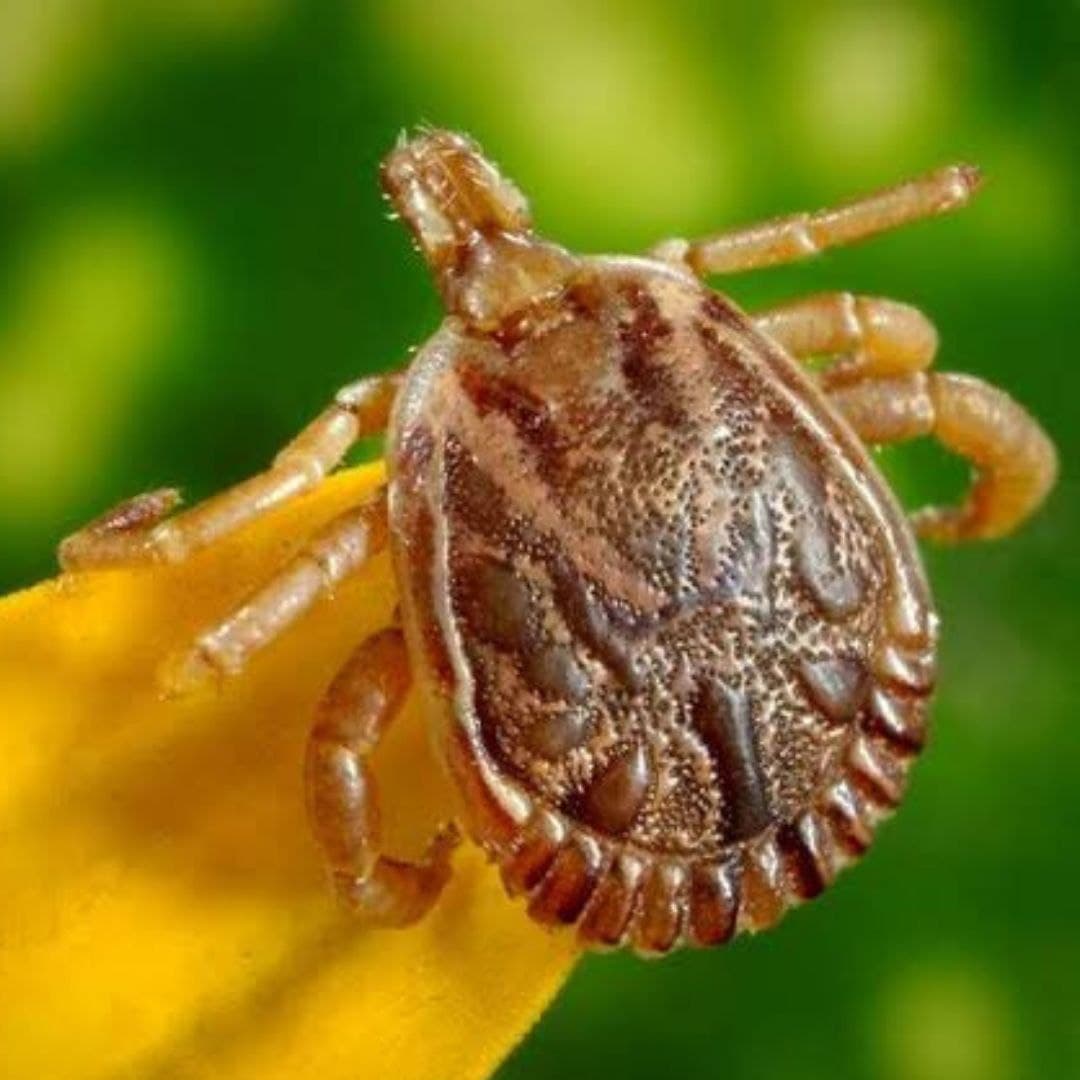
Image Credit: The Times of India
Know All About Scrub Typhus, The Mystery Fever Gripping Uttar Pradesh
Writer: Neelima Mishra
Guru Govind Singh Indraprashtha University in New Delhi is where Neelima Mishra is doing her master's degree. She graduated from Delhi University with a bachelor's degree in journalism (hons.). She is pursuing a corporate communication specialisation at IP University.
Uttar Pradesh, 5 Sep 2021 12:09 PM GMT
Editor : Madhusree Goswami |
A mountain girl trying to make it big in the city. She loves to travel and explore and hence keen on doing on-ground stories. Giving the crux of the matter through her editing skills is her way to pay back the journalism its due credit.
Creatives : Neelima Mishra
Guru Govind Singh Indraprashtha University in New Delhi is where Neelima Mishra is doing her master's degree. She graduated from Delhi University with a bachelor's degree in journalism (hons.). She is pursuing a corporate communication specialisation at IP University.
Cases of scrub typhus have been detected primarily in the districts of Firozabad, Agra, Mainpuri, Etah, and Kasganj. Firozabad is the epicentre of the outbreak with more than 80 deaths.
A mystery fever is gripping parts of Uttar Pradesh and claimed the lives of over 100 people so far. The mystery fever has been identified as scrub typhus. Cases of the viral fever have been detected primarily in the districts of Firozabad, Agra, Mainpuri, Etah, and Kasganj. Firozabad is the epicentre of the outbreak with more than 80 deaths.
On August 30, Chief Minister Yogi Adityanath visited the medical college in Firozabad and told the media that 39 people lost their lives due to viral fever, out which 32 were children. The CM said a team of experts from Lucknow's King George's Medical University would investigate the deaths, particularly among children, and determine the origin of the outbreak.
 All section
All section














